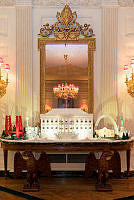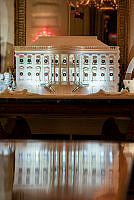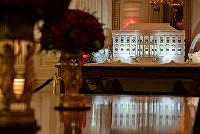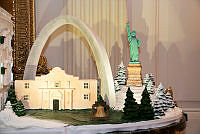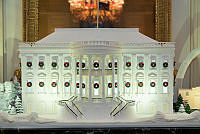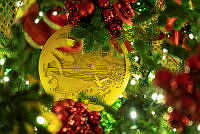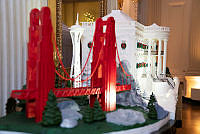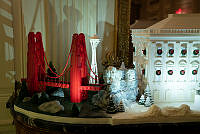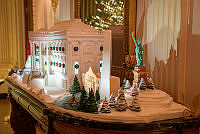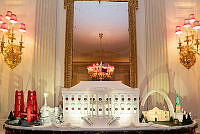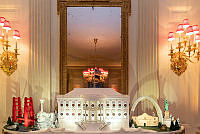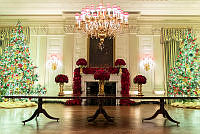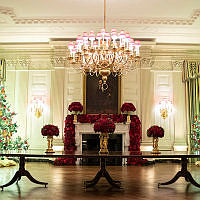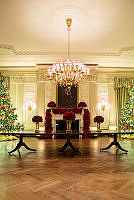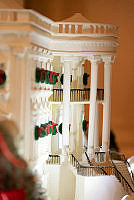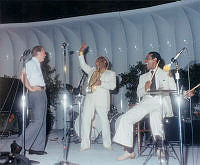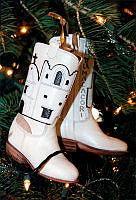John F. Kennedy Funeral
November 25, 1963
Copyright © White House Historical Association. All rights reserved under international copyright conventions. No part of this article may be reproduced or utilized in any form or by any means, electronic or mechanical, including photocopying, recording, or by any information storage and retrieval system, without permission in writing from the publisher. Requests for reprint permissions should be addressed to books@whha.org
John F. Kennedy was shot and killed by Lee Harvey Oswald in Dallas, Texas, on November 22, 1963. Shocked and saddened by that news bulletin, Americans that lived through the 1960s will never forget the day of Kennedy's death and the sorrow of that solemn funeral. Television brought those events immediately and continually into America's homes. The president had been pronounced dead at Parkland Hospital in Dallas at 1 p.m. (2 p.m. ET). Later that afternoon Lyndon B. Johnson was sworn in as President of the United States aboard Air Force One. First Lady Jacqueline Kennedy stood and witnessed the ceremony in a bloodstained pink suit. The slain president's body in the back of the plane was carried back to Andrews Air Force base with the new president and the official entourage.
Mrs. Kennedy instructed chief usher J.B. West to follow the protocol and details of Lincoln's 1865 state funeral for her husband. Kennedy's remains were taken to the center of the East Room and set upon the same catafalque used at Lincoln's funeral. On the twenty-third various officials and heads of state were received and viewed the flag-draped coffin. The public was not admitted. The following day the coffin was taken to the Capitol rotunda. More than 250,000 people filed past Kennedy's flag-draped coffin. On November 25, the day of the funeral, a horse-drawn caisson carried the casket down Pennsylvania Avenue to the White House. There Mrs. Kennedy and the mourners, official and personal, waited. They walked with the procession—military escort, band, and the symbolic rider less horse with boots reversed in the stirrups—eight blocks to St. Matthew's Cathedral, where the funeral service was held. After the service, the caisson carried the president's remains to their final resting place in Arlington Memorial Cemetery.

President Kennedy's casket as seen through the East Room doorway, November 23, 1963.













